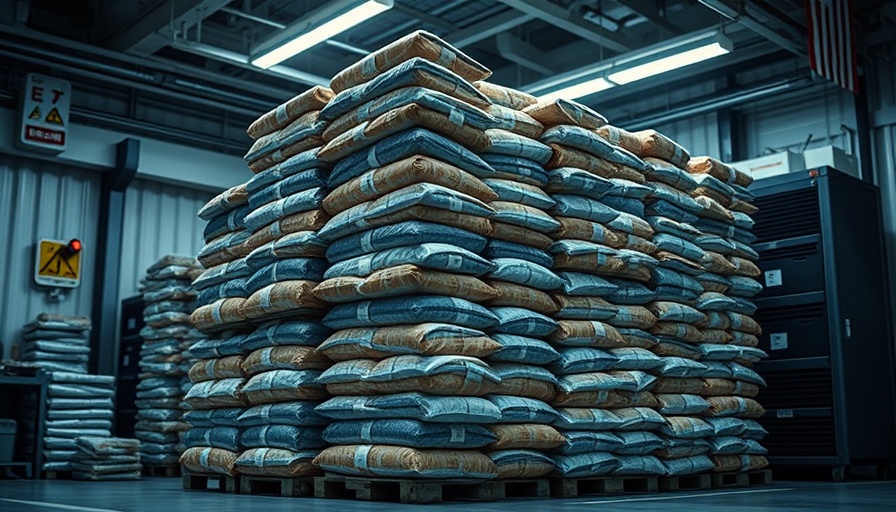
A Missed Opportunity: The Consequences of Drug Raid Coverage
Every day, our headlines are flooded with news of drug raids—a spectacle often accompanied by images of confiscated substances and statements from law enforcement exalting their success. However, while this coverage may paint a picture of triumph in the battle against drugs, a crucial aspect is often neglected: public health messaging. The recent study published in the journal Public Health in Practice found that only 1% of the analyzed drug seizure-related articles even mentioned substance use disorder treatment or recovery resources. This oversight is particularly alarming against the backdrop of the escalating overdose crisis in America.
The Drug Bust Paradox: When Raids Backfire
Researchers from Northeastern University and RTI International uncovered a staggering reality—media narratives predominantly revolve around law enforcement perspectives, disregarding the aftermath of these raids. A well-documented phenomenon known as the 'drug bust paradox' suggests that overdose deaths often spike in communities following drug seizures. When the usual supply chains are disrupted, individuals relying on drugs may seek unfamiliar and potentially lethal alternatives. This highlights the complexities surrounding drug enforcement and its direct public health implications.
Empowering Journalists: Here’s What Can Be Done
In light of this evidence, there are several straightforward steps journalists can adopt to provide more responsible coverage of drug raids. First and foremost, incorporating resources for harm reduction should become standard practice in drug-related stories. Including helpline numbers and connecting people with local treatment options can change lives. It’s not just about reporting crime; it’s about confronting the realities of substance use disorder as a public health issue.
From Law Enforcement to Public Health Messaging: A Shift in Perspective
By amplifying voices from public health experts, harm reduction advocates, and individuals who have lived through these challenges, journalists can create a more holistic narrative. Rather than framing drug raids strictly as victories, reporting should delve into the far-reaching impacts of these operations, educating the public on the consequences—like rising overdose rates and community health risks.
Beyond Fear: Rethinking Drug Raids Reporting
Much of the existing coverage relies on fear-based narratives, with exaggerated claims about the number of lives saved through a single drug seizure. This rigidity is not only misleading but also counterproductive, justifying policies that may do more harm than good. If journalists include harm reduction perspectives in their reporting, they can foster a better understanding of the intricate realities of drug enforcement, ultimately helping the community access much-needed support and resources.
Health and Wellness: A Holistic Approach to Coverage
With the current health crisis underscoring the importance of comprehensive public health messaging, every journalist in this field has a stake. By better integrating discussions about nutrition, mental health, and overall wellness—areas often overlooked in drug-related reporting—we can reshape narratives that prioritize community well-being. Initiatives focused on self-care, mindfulness, and healthy living can empower individuals grappling with substance use disorders and their consequences.
Conclusion: A Call to Action for Responsible Reporting
The conversation around drug raids and their impacts is complex and multifaceted. By using public health messaging as a central theme in coverage, we have a vital opportunity to influence perceptions, policies, and lives. The next time a drug seizure hits the headlines, let’s ensure that alongside law enforcement triumphs, we shine a light on pathways to recovery and community resources. In light of this, consider advocating for responsible journalism that prioritizes public health—because every life matters.
 Add Row
Add Row  Add
Add 




Write A Comment